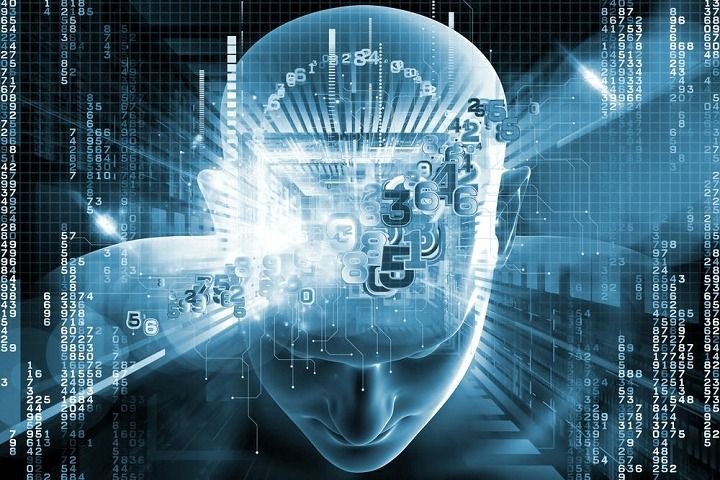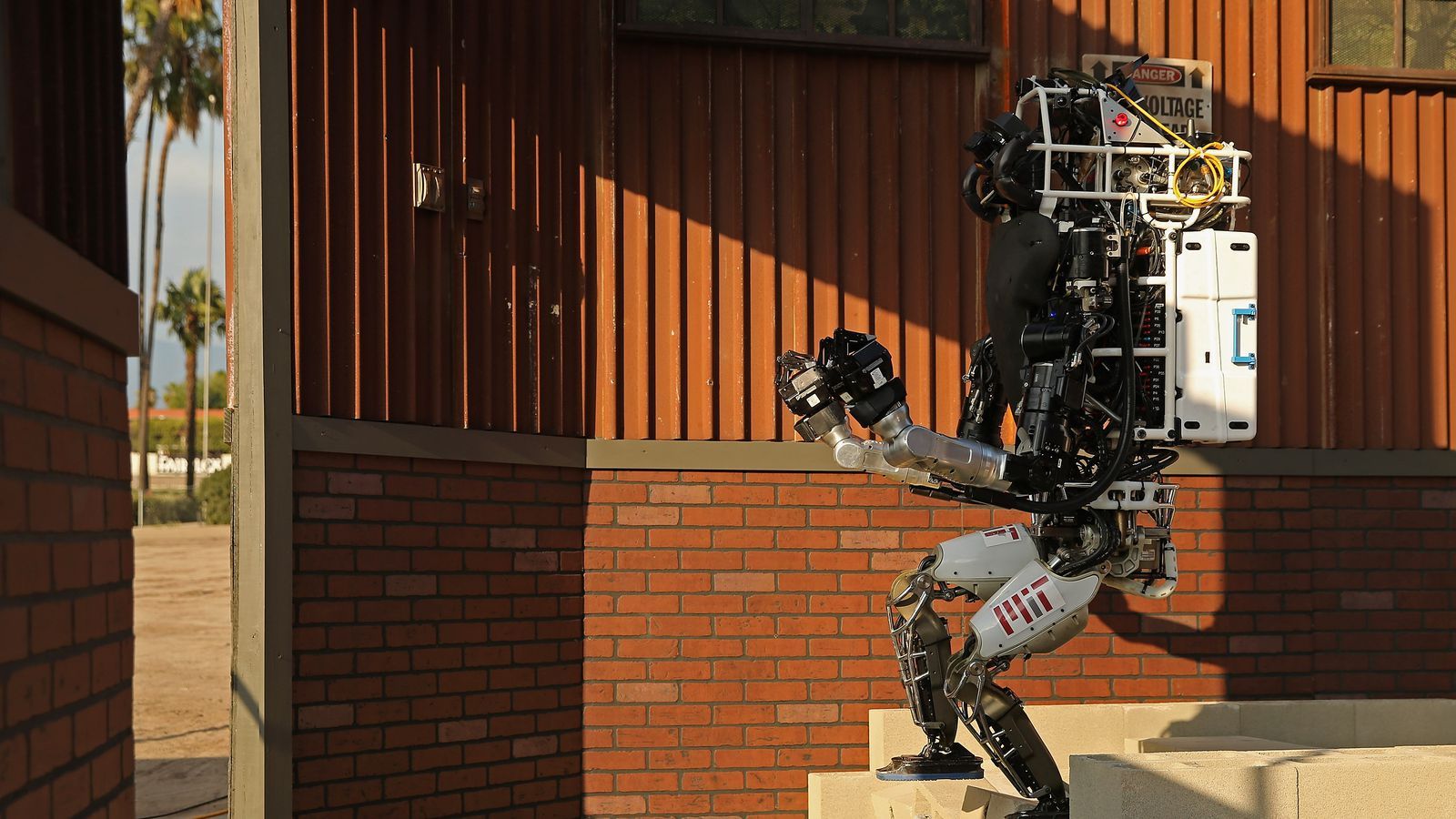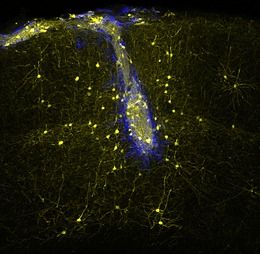A space rock zips by earth Sunday night. Astronomers know it doesn’t pose a threat, in part thanks to a new automated warning program called Scout.



Story just in time for Halloween.
The prospect of artificial intelligence is scary enough for some, but Manuel Cebrian Ramos at CSIRO’s Data61 is teaching machines how to terrify humans on purpose.
Dr Cebrian and his colleagues Pinar Yanardag and Iyad Rahwan at the Massachusetts Institute of Technology have developed the Nightmare Machine.
This is an artificial intelligence algorithm that is teaching a new generation of computers not only what terrifies human beings, but also how to create new images to scare us.

Nice job Harley-Davidson when can I have my discount for my new wheels?
 Lookalike modeling is a key component of lead generation, and for motorcycle brand Harley-Davidson, the tactic now goes hand in hand with artificial intelligence (AI). In March 2016, the company began working with machine learning technology provider Adgorithms to grow its ecommerce reach and hasn’t looked back since. Asaf Jacobi, president of Harley-Davidson’s New York City division, spoke with eMarketer’s Maria Minsker about the brand’s experience with AI and discussed the results he has seen so far.
Lookalike modeling is a key component of lead generation, and for motorcycle brand Harley-Davidson, the tactic now goes hand in hand with artificial intelligence (AI). In March 2016, the company began working with machine learning technology provider Adgorithms to grow its ecommerce reach and hasn’t looked back since. Asaf Jacobi, president of Harley-Davidson’s New York City division, spoke with eMarketer’s Maria Minsker about the brand’s experience with AI and discussed the results he has seen so far.
EMarketer: What are some of the business challenges that drove you to try artificial intelligence?
Asaf Jacobi: One of the biggest challenges of having a business in New York City is that it’s a very competitive environment. To get the response rate brands want, they have to reach as many people as possible. That’s where artificial intelligence comes in. I started reading about how artificial intelligence boosts online marketing reach, and contacted Adgorithms. We started using their platform, Albert, for our ecommerce ads in March.

Fortifying cybersecurity is on everyone’s mind after the massive DDoS attack from last week. However, it’s not an easy task as the number of hackers evolves the same as security. What if your machine can learn how to protect itself from prying eyes? Researchers from Google Brain, Google’s deep Learning project, has shown that neural networks can learn to create their own form of encryption.
According to a research paper, Martín Abadi and David Andersen assigned Google’s AI to work out how to use a simple encryption technique. Using machine learning, those machines could easily create their own form of encrypted message, though they didn’t learn specific cryptographic algorithms. Albeit, compared to the current human-designed system, that was pretty basic, but an interesting step for neural networks.
To find out whether artificial intelligence could learn to encrypt on its own or not, the Google Brain team built an encryption game with its three different entities: Alice, Bob and Eve, powered by deep learning neural networks. Alice’s task was to send an encrypted message to Bob, Bob’s task was to decode that message, and Eve’s job was to figure out how to eavesdrop and decode the message Alice sent herself.

Soon, we see Legos that self assemble from 4D printers, printers that can recycle robots & devices and produce a more improved robot and/ or devices. The days of manually working on equipment, autos, etc. will be gone except for the eccentric hobbyist.
Open-source hardware could democratize the future of robots.

Embryonic neural stem cells transplanted into damaged areas of the visual cortex of adult mice were able to differentiate into pyramidal cells — forming normal synaptic connections, responding to visual stimuli, and integrating into neural networks — researchers at LMU Munich, the Max Planck Institute for Neurobiology in Martinsried and the Helmholtz Zentrum München have demonstrated.
The adult human brain has very little ability to compensate for nerve-cell loss, so biomedical researchers and clinicians are exploring the possibility of using transplanted nerve cells to replace neurons that have been irreparably damaged as a result of trauma or disease, leading to a lifelong neurological deficit.




In Brief:
Artificial intelligence (AI) is about more than just the promise of a robot butler — it can actually save lives. AI’s contribution to the healthcare industry and in medical research could be hugely significant. IBM sees that and wants Watson, its AI technology, at the forefront of this development.